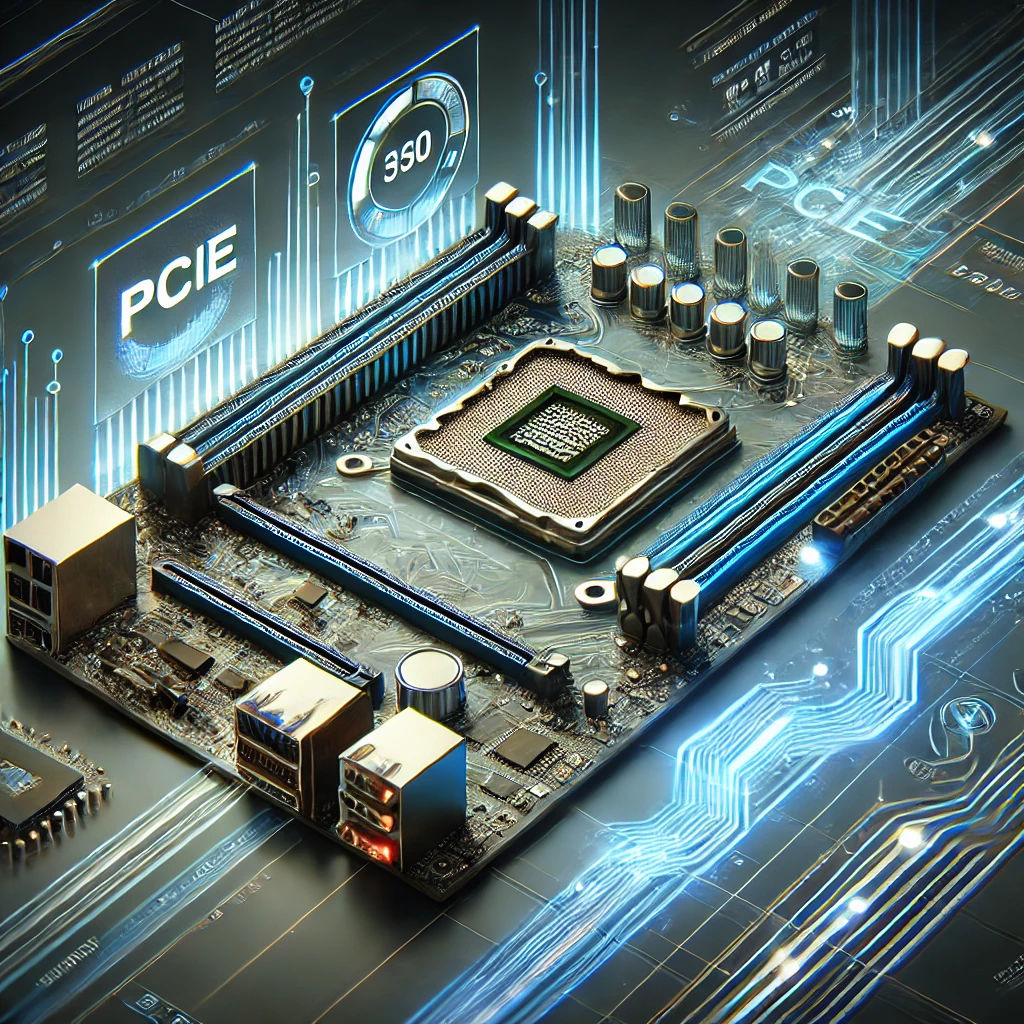
PCIe 6.0: A Leap Forward for PCs and the Automotive Industry
PCIe 6.0: A Revolutionary Advancement
The tech world is buzzing with talk about PCIe 6.0, the latest iteration of the Peripheral Component Interconnect Express (PCIe) standard. For those who may not be aware, PCIe is a high-speed interface that connects various components in a computer, such as graphics cards, SSDs, and networking cards. With every new generation, PCIe doubles its data transfer rate, and PCIe 6.0 is no exception. But what makes PCIe 6.0 a game-changer is not just its speed—it’s the possibilities it unlocks for PCs and industries like automotive. Let’s dive into why PCIe 6.0 is being hailed as a revolutionary advancement.
What’s New in PCIe 6.0?
The standout feature of PCIe 6.0 is its incredible data transfer rate of 64 GT/s (gigatransfers per second) per lane. This effectively doubles the speed of PCIe 5.0, offering a staggering total bandwidth of up to 256 GB/s in a 16-lane configuration.
To achieve this leap in performance, PCIe 6.0 introduces Pulse Amplitude Modulation 4 (PAM4), a new signaling technology. PAM4 allows the transmission of more data per clock cycle compared to the traditional Non-Return-to-Zero (NRZ) signaling used in earlier PCIe versions. Coupled with enhanced error correction mechanisms like Forward Error Correction (FEC), PCIe 6.0 ensures high reliability even at these blazing speeds.
Revolutionizing Personal Computing
For PCs, especially gaming rigs and workstations, PCIe 6.0 is a dream come true. As applications become more demanding and data-intensive, the need for faster communication between the CPU, GPU, and storage devices grows. PCIe 6.0 enables:
- Next-Gen GPUs and SSDs: Gamers and content creators will benefit immensely from GPUs and NVMe SSDs leveraging PCIe 6.0’s higher bandwidth. This means faster rendering, smoother gameplay, and shorter load times for massive files.
- AI and Machine Learning: Tasks like AI training and data analysis often require transferring vast amounts of data between processors and accelerators. PCIe 6.0 will accelerate these workflows, making PCs more capable for AI development.
- Future-Proofing: With software and hardware demands continually evolving, adopting PCIe 6.0 ensures that systems remain relevant and capable for years to come.
Transforming the Automotive Industry
The automotive sector is experiencing a seismic shift, with the rise of electric vehicles (EVs), autonomous driving, and connected car technologies. PCIe 6.0 is poised to play a critical role in enabling these advancements.
- Advanced Driver Assistance Systems (ADAS): ADAS relies on multiple high-resolution cameras, LiDAR, and radar sensors. These generate enormous amounts of data that need to be processed in real-time. PCIe 6.0’s bandwidth allows these systems to operate more efficiently, paving the way for safer and smarter vehicles.
- In-Vehicle Computing: Modern cars are essentially computers on wheels. From infotainment systems to vehicle-to-everything (V2X) communication, PCIe 6.0 enables seamless data flow between the various computing units, ensuring a better user experience.
- Edge AI for Autonomous Vehicles: Self-driving cars require high-performance computing platforms capable of making split-second decisions. PCIe 6.0 enhances the communication between CPUs, GPUs, and AI accelerators, making autonomous driving more reliable and responsive.
Broader Impacts
The benefits of PCIe 6.0 extend beyond PCs and automotive. Data centers, telecommunications, and industrial automation are also set to benefit from the increased bandwidth and efficiency. The adoption of PCIe 6.0 will likely drive innovation across multiple industries, just as earlier PCIe versions did.

Reviews